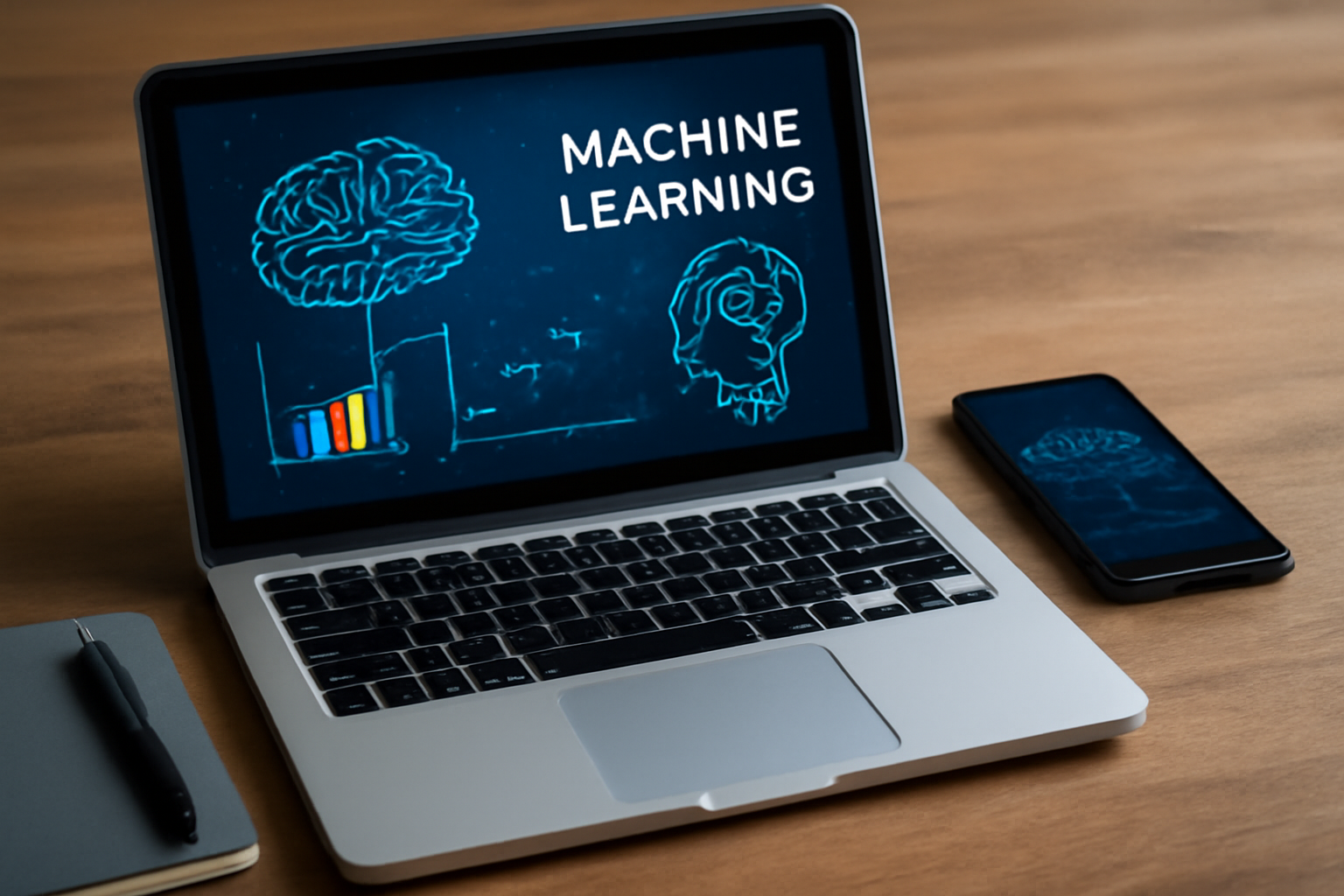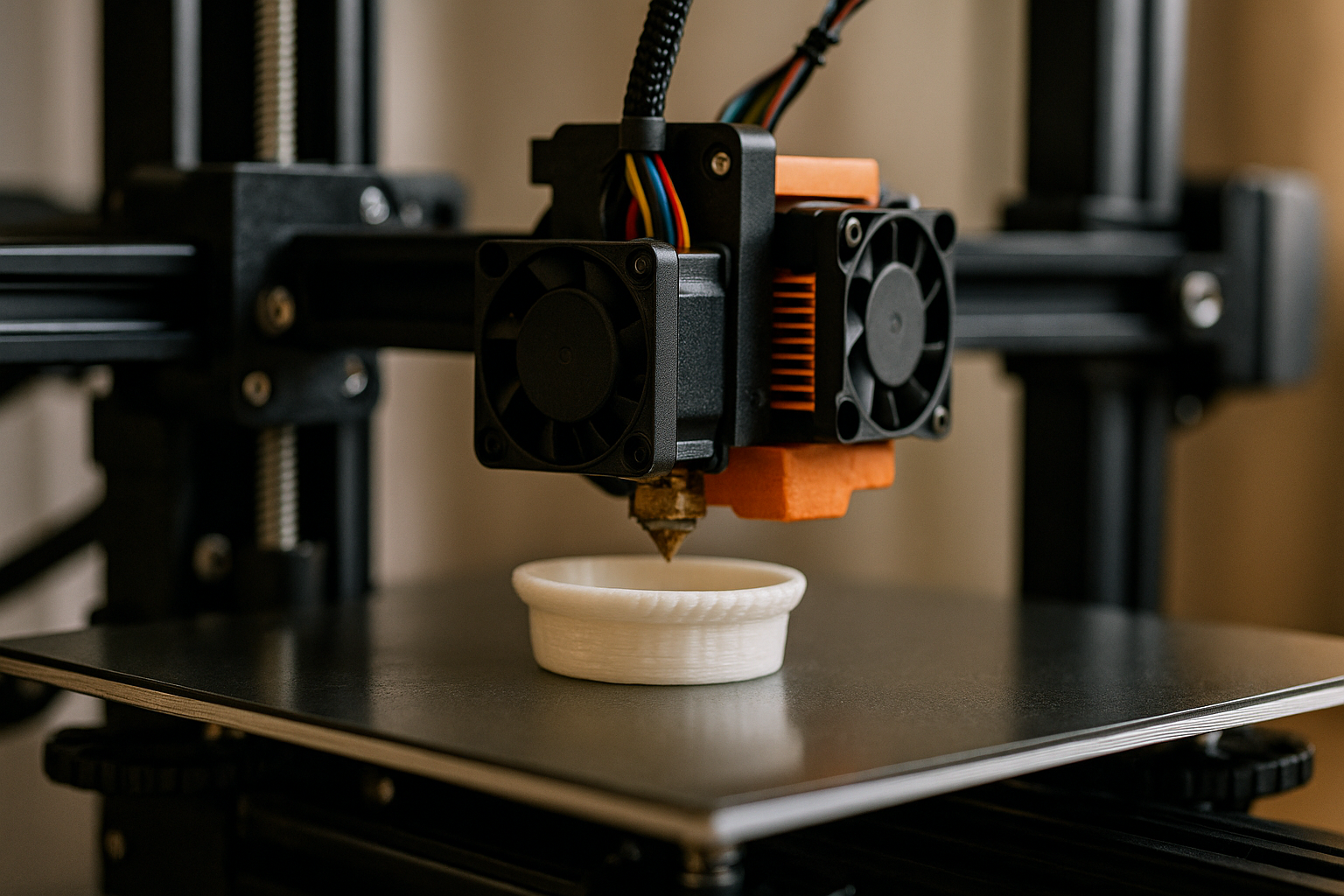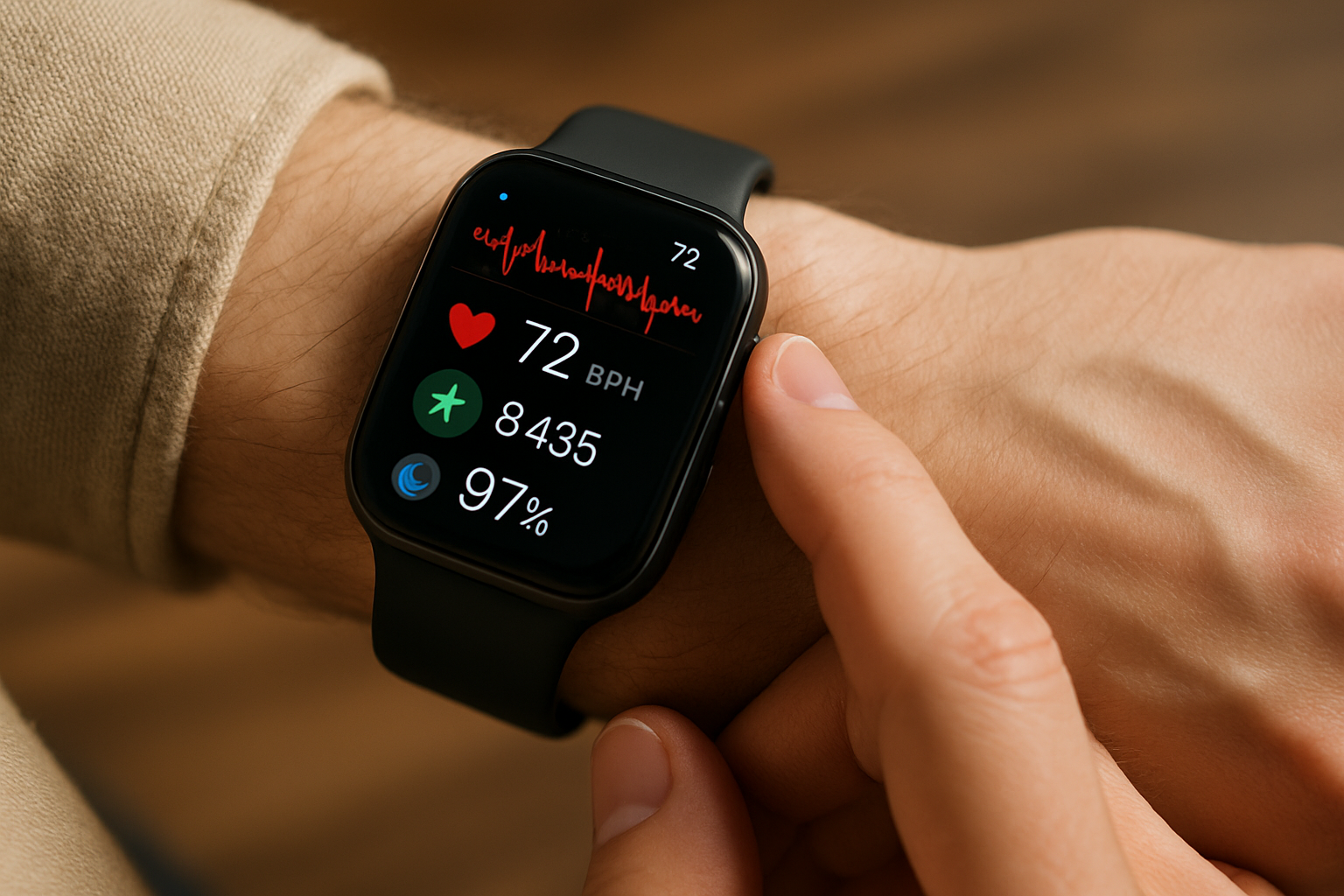What is Machine Learning?
Machine learning (ML), or aprendizado de máquina, is a subset of artificial intelligence (AI) that enables computers to learn and make decisions from data without being explicitly programmed. It is like teaching machines to recognize patterns, make predictions, and improve over time based on new information. Unlike traditional programming, where a programmer writes out every step the computer should take, machine learning allows the system to evolve and adapt based on experience.
Imagine you’re teaching a computer to recognize cats in pictures. Instead of telling the computer every feature of a cat (fur, whiskers, ears, etc.), you would feed it thousands of pictures labeled as “cat” or “not cat.” Over time, the machine learns to identify these features on its own, improving its accuracy with each new image.
Machine learning is everywhere, from our smartphones to the systems that power businesses, healthcare, entertainment, and more. It’s a driving force behind some of the most groundbreaking technological advances today.
How Does Machine Learning Work?
At its core, machine learning uses statistical techniques to find patterns in large sets of data. These patterns help the machine make informed decisions, predictions, or classifications. There are three primary types of machine learning: supervised learning, unsupervised learning, and reinforcement learning.
- Supervised Learning
This is the most common type of machine learning. In supervised learning, the machine is provided with a labeled dataset, meaning the input data has a corresponding output label. For example, in image recognition, you might provide the algorithm with pictures of different animals, each labeled correctly. The algorithm learns to associate features of the input data with the output labels, and over time, it gets better at making predictions. Supervised learning is used in numerous applications such as email filtering, speech recognition, and even credit scoring in banks, where the algorithm is trained using historical data to predict whether a person is likely to repay a loan. - Unsupervised Learning
Unlike supervised learning, unsupervised learning does not use labeled data. The algorithm tries to identify patterns or groupings in data on its own. One common application is clustering, where the system groups similar data points together. This technique is used in areas like customer segmentation in marketing or anomaly detection in cybersecurity. A common real-life example of unsupervised learning is when Netflix groups movies into genres based on user behavior. These groups are not predefined but emerge from the system analyzing patterns in the viewing habits of different users. - Reinforcement Learning
Reinforcement learning is where the machine learns by interacting with an environment and receiving feedback in the form of rewards or penalties. It’s similar to teaching a pet through positive reinforcement. An algorithm makes decisions based on trial and error, adjusting its behavior over time to maximize rewards. Reinforcement learning is often used in robotics, game-playing AI, and self-driving cars. An excellent example is DeepMind’s AlphaGo, which famously defeated world champions in the game of Go. The system learned by playing millions of games against itself, constantly refining its strategies to outperform human players.
Machine Learning in Your Daily Life
While machine learning may sound like a complex field reserved for experts, it is already an integral part of your everyday life. From the moment you wake up to when you go to sleep, machine learning is at work in ways that you may not even realize. Let’s explore some of the areas where machine learning is having an impact:
1. Personal Assistants and Voice Recognition
Smart speakers like Amazon Alexa, Google Assistant, and Apple Siri rely heavily on machine learning to understand and respond to your voice commands. These devices learn from your interactions to improve their accuracy and can even adapt to your specific voice patterns, preferences, and routines. As you continue using these devices, they get smarter, anticipating your needs based on past behavior.
For instance, if you frequently ask for traffic updates before heading out in the morning, your assistant may start offering this information proactively, even before you ask. This is the machine learning algorithm improving and personalizing your experience over time.
Additionally, voice recognition in devices like smartphones or home assistants can identify different voices, tailoring responses to individual users. As these systems continue learning, they offer a more seamless experience, allowing for smarter interactions.
2. Recommendation Systems
Next time you watch a movie on Netflix or listen to music on Spotify, pay attention to the recommendations that appear. These platforms use machine learning algorithms to analyze your viewing or listening habits and recommend content based on what you like. Netflix, for example, uses collaborative filtering, a form of machine learning, to suggest shows that are liked by others who share similar tastes.
Similarly, online shopping platforms like Amazon use machine learning to recommend products you may like based on your browsing and purchasing history. These personalized recommendations make your online experiences more efficient and enjoyable, saving you time and effort in finding relevant content or products.
These recommendation engines are also intelligent enough to suggest items based on seasonal trends or popular items in your area, using historical data to predict your preferences with increasing accuracy. Over time, they learn to suggest products not only related to your browsing habits but also to the time of year or emerging trends.
3. Email Filtering and Spam Detection
Machine learning plays a critical role in keeping your inbox clean. Email providers like Gmail use machine learning to filter out spam messages and sort emails into categories like Social, Promotions, and Primary. These systems learn from your actions, such as marking an email as spam or moving messages into specific folders, and improve their ability to correctly categorize future emails.
With every interaction, the machine gets better at recognizing patterns and distinguishing between important messages and junk. For example, Gmail has developed sophisticated spam detection algorithms that can identify phishing attempts, malicious links, and suspicious attachments, protecting your inbox from security threats.
Additionally, email systems use machine learning to prioritize emails that are likely to be important, improving productivity and reducing the time spent sorting through your inbox.
4. Autonomous Vehicles
Self-driving cars are perhaps one of the most exciting applications of machine learning. Companies like Tesla, Waymo, and Uber are working on cars that can navigate roads without human intervention. Machine learning algorithms process vast amounts of data from sensors, cameras, and other devices to understand the car’s surroundings, make decisions, and react to changes in the environment, such as road signs, traffic lights, and pedestrians.
Over time, as the car encounters more scenarios, it improves its decision-making abilities, making driving safer and more efficient. For instance, a self-driving car may learn to adapt to different weather conditions, such as fog or rain, to ensure safety. It also learns from the experiences of millions of miles driven by others, continuously improving its navigation and safety protocols.
These advancements pave the way for a future where traffic accidents are reduced, driving is more efficient, and the transportation industry undergoes a massive transformation.
5. Healthcare and Medical Diagnostics
Machine learning is transforming the healthcare industry, helping doctors diagnose diseases faster and more accurately. Algorithms can analyze medical images such as X-rays or MRIs to detect abnormalities, such as tumors, that might be missed by the human eye. In some cases, machine learning models have been shown to perform as well as or even better than human doctors.
Moreover, machine learning is also used to predict patient outcomes, personalize treatment plans, and even assist in drug discovery. For example, by analyzing large sets of patient data, machine learning can help identify the most effective treatments for specific conditions. It can also be used to predict outbreaks of diseases by analyzing trends and symptoms in real time.
One particularly exciting area is precision medicine, where machine learning is used to tailor treatments to individual patients based on their genetic makeup, lifestyle, and environmental factors, offering more personalized and effective care.
6. Financial Services
Machine learning is extensively used in the financial sector for fraud detection, algorithmic trading, and credit scoring. Banks and financial institutions use machine learning algorithms to analyze transaction patterns and identify potentially fraudulent activity in real time.
For example, if you make an unusual purchase—say, a large transaction in another country—the system may flag it as suspicious, preventing potential fraud. Similarly, machine learning models are used to assess an individual’s creditworthiness by analyzing various factors like income, spending habits, and repayment history.
Moreover, machine learning is used in high-frequency trading algorithms, which can analyze market data and execute trades in fractions of a second, maximizing profits by predicting stock market trends based on historical data.
Practical Tips for Using Machine Learning
As a consumer, there are ways to make the most of machine learning technologies in your daily life:
- Customize Your Devices: Take time to train your voice assistant, whether it’s Siri, Alexa, or Google Assistant. The more you interact with it, the better it will understand your preferences and become more useful.
- Embrace Recommendations: Don’t be afraid to explore personalized recommendations. Whether it’s books, movies, or products, these suggestions are powered by machine learning and can save you a lot of time in finding what you like.
- Use Smart Devices: Consider using smart thermostats, smart speakers, and other connected devices. Many of these products use machine learning to improve your daily life, like adjusting your home’s temperature based on your behavior or preferences.
- Stay Secure: Use email filtering and fraud detection tools to enhance your security. Machine learning is constantly evolving to recognize new threats, and staying up-to-date with these technologies can help protect you from cyberattacks.
Conclusion
Machine learning is no longer just a futuristic technology; it is here, and it’s part of our daily routine. Whether it’s helping you find the perfect show to watch, detect potential fraud in your bank account, or assist in diagnosing medical conditions, ML is transforming how we interact with technology. As machine learning continues to evolve, it will only become more integral to our lives, making things smarter, faster, and more personalized.
By understanding the fundamentals of machine learning and recognizing its presence in your daily life, you can not only appreciate the advancements but also use them to your advantage. Whether you’re a beginner or an experienced professional, staying informed about this technology will help you make smarter decisions in an increasingly connected world.





















